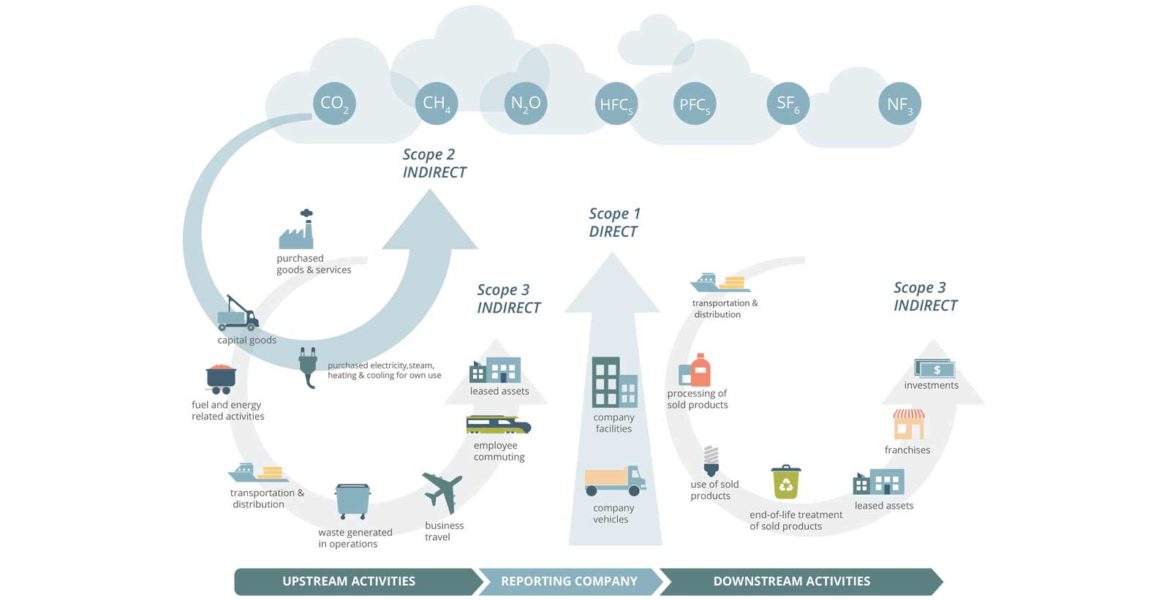A country, proud of its rivers, land and agricultural inclusivity, has undernourishment running in the veins of about 190 million Indians and ironically, 40% of the food produced gets wasted in India costing about ₹92,000 crores per annum.
This figure estimated by the Food and Agricultural Organization (FAO) includes the waste even before reaching the consumer, probably due to fragmented food systems and inefficient supply chains across the country.
And food wastage from Indian households is not even close to being negligible. Plus, there are emissions involved with every food source too.
According to food Waste Index Report 2021, 50 kg of food is thrown away per person per year, ending to their destined landfills further hampering our efforts in hygiene, health and also controlling GHG emissions.
While the pandemic helped us acknowledge this waste, it also had its own implications. Apart from the bulk food distributed during first phase of lockdown in 2020, surplus stocks of grains within the FCI godowns (65 lakh tonnes in the first four months) continued to rot.
Food processing: prospects in India
To lessen wastage, multiple food items can be put to processing either primary, secondary or tertiary.
With nearly 32% share in Indian market, 11.6% share in total employment and 10.4% exports from India, it is still a burgeoning business and expected to reach $535 billion by 2025-26.
Ministry of Food Processing Industries (MoFPI) is undertaking every possible effort to help Indian farmers become prosperous through strengthening Forward and backward linkages.
Even Prime Minister Modi along with the concerned ministry has approved the very recent Production-Linked Incentive (PLI) Scheme for such Food Products with an outlay of 10,900 crores enhancing the country’s ability to exploit manufacturing opportunities.
With 100% FDI allowed through both the routes: automatic as well as government approval, there shall be no dearth of foreign currency drawing in while favorable economic policies and attractive fiscal incentives by the government are further helping in this regard.
FPI and Emissions: Eternal sunshine to a spotless sector?
Our food systems affect our Climate, air, groundwater supplies, generating about a third of the world’s greenhouse gas (GHG) emissions and replacing a class of biodiversity while using the land for cultivation, wiping out natural habitats.
But are we assured of no harms to the environment from processed foods?
Food items subjected to chemical or other processing when altered can be categorized into: unprocessed or minimally processed, processed, and ultra-processed.
According to researchers, the unprocessed, locally sourced (fruits and vegetables) or minimally processed (dried fruit, sliced or frozen vegetables) foods have a relatively low carbon footprint.
Since a few steps investing energy may be added to unprocessed foods, minimally processed have a chance to be least impacting on nature.
“If you processed some food at home, the chances are you expend more energy doing that, as the process isn’t as streamlined as a big factory.”
“The sustainability of a food depends on how much energy goes into processing, storing, preserving and refrigerating it, and how much of it we waste. It’s therefore the type of ingredient, rather than number of ingredients, or whether it’s processed or not, that drives the environmental impact of a food,” explains a professor of Environment and Sustainability. Animal-sourced ingredients are the worst.
“Processed foods broadly look pretty sustainable, but that’s more indicative of their ingredients as opposed to processing itself,” but the ultra-processed foods with palm and soy oils are bound to have “substantial negative environmental effects”.
“People tend to eat more processed foods than minimally processed, which is problematic as it drives consumption, which is a driver of environmental impact.
“Planetary resources that could be otherwise used for something useful to our health are being used to make food that’s not necessary to human diet”, and hence wastage of a valuable resource.
But there is another side to it.
The mantra for food sustainability is “to make food only as much as we eat”. The ultra-processed foods in a way can help reduce these emissions, since they’re made to last longer and have prolonged shelf life, so we’re less likely to waste them.
A study found that waste from processed fruit and vegetables is around 14% lower than that of fresh fruit and vegetables, and wastage of processed fish and seafood is 8% lower.
Research have suggested that the unhealthiest foods we know, often have the highest environmental impact, only with the exception of sugar.
Every article has a footprint: eatable or not. Similarly, every estimate to term “footprint” has opposing perspectives.
Therefore, it becomes important that carbon emissions be calculated, measured and assessed go ascertain one’s environmental impact. Knowing and acknowledging is the first step to curbing the worst of evils.





